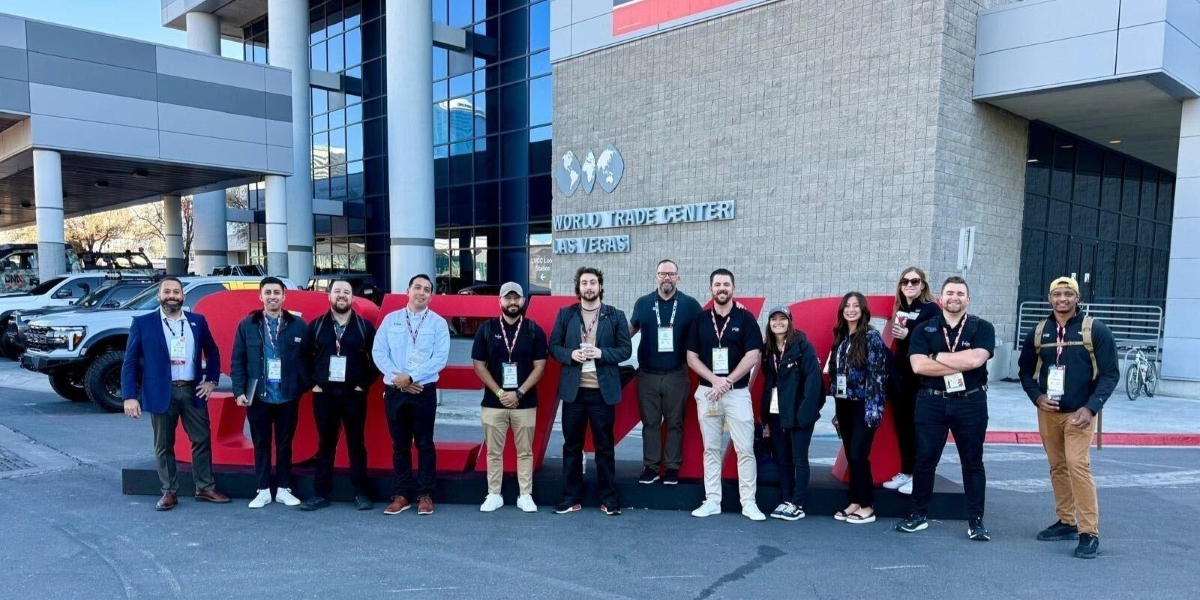What makes transformational leadership so powerful?
Transformational leadership challenges the traditional view of leadership. It places vision, values, and human potential at the center of organizational growth. Instead of managing systems or enforcing processes, this approach energizes people. Leaders inspire others to exceed expectations, not just meet them. Motivation becomes internal. Team members feel deeply connected to their work and driven to contribute.
The style was first defined by James MacGregor Burns, who described it as a process where leaders and followers raise each other to higher levels of morality and motivation. Later, Bernard Bass expanded the theory by explaining the specific behaviors leaders use to inspire. His work outlined a blueprint for what transformation looks like in real-world leadership.
Read Also: Understanding U.S. Consumer Spending Patterns and Economic Impact
How does transformational leadership inspire genuine change?
Real change begins when people believe it is possible. Transformational leadership creates belief. Leaders do this in four powerful ways: by modeling values, motivating with purpose, challenging thinking, and caring for individuals.
They become role models, showing what integrity, vision, and commitment look like in daily practice. This builds trust. People are more willing to change when they trust the person guiding them.
Motivation flows through powerful vision. Transformational leaders describe the future in ways that stir emotion. They speak to meaning, not just metrics. Employees often feel they’re part of something bigger than a job. That’s how commitment deepens.
Innovation grows where curiosity lives. These leaders challenge norms and encourage others to think differently. People are not punished for mistakes—they’re encouraged to learn from them. Risk-taking becomes safe, even rewarding.
Finally, care is real. Leaders know their people. They ask questions, listen well, and support growth. This individual attention strengthens bonds and builds loyalty. In such an environment, change is not resisted. It is embraced.
Why do organizations benefit from transformational leadership?
Organizations led with this approach often see dramatic improvements. But those benefits go beyond profit. The deeper impact lies in culture, engagement, and adaptability.
When a leader inspires, employees often feel more committed. They take initiative without being told. They seek solutions, not just tasks. Research suggests these teams experience higher job satisfaction and lower turnover. The workplace becomes more than a place to earn—it becomes a place to grow.
A strong vision helps people align. Clarity around purpose reduces confusion. Everyone rows in the same direction. That kind of unity drives performance. Transformational leadership builds momentum that’s hard to stop.
Change is constant. Organizations that resist it often fall behind. But leaders who embrace transformation help their teams stay agile. They prepare people not just for today, but for tomorrow. By encouraging innovation, they unlock ideas that keep the organization evolving.
Can anyone become a transformational leader?
The answer is yes—but it takes practice. Transformational leadership is not reserved for a few charismatic figures. It is a mindset supported by consistent behaviors.
It begins with self-awareness. Leaders must understand their values and communicate them clearly. They should reflect often, asking if their actions match their intentions. When alignment is strong, people notice. Trust grows.
Clarity matters. Leaders who paint a vivid picture of the future give others something to believe in. This vision should be both ambitious and achievable. It must connect to people’s aspirations. That’s how it moves them.
Empowering others is central. Leaders who listen, support, and delegate with trust help people grow. They invest time in development and celebrate wins—large or small. This shows that effort matters.
Courage plays a role too. Transformational leaders don’t avoid discomfort. They step into tough conversations and uncertain terrain with confidence. That courage helps others do the same.
Learning never stops. These leaders read widely, seek feedback, and evolve their approach. They model what it means to be a lifelong learner.
What challenges might transformational leaders face?
While powerful, this leadership style isn’t without obstacles. The same focus on vision and values can lead to tension if results lag. Some team members might prefer structure over freedom. Not everyone is immediately ready for change.
Emotional investment can be draining. Leaders must manage their energy to avoid burnout. Caring deeply doesn’t mean taking on everything alone. Support systems are essential.
Clarity and consistency are critical. A strong vision must be backed by daily actions. If words and deeds don’t match, trust breaks down.
Transformational leadership is not about perfection. It is about authenticity, adaptability, and the willingness to grow alongside your team. Leaders who are open, honest, and engaged often find the rewards outweigh the risks.
Read Also: What Digital Transformation Means for Government in 2025
Why does transformational leadership matter now more than ever?
In times of rapid change, uncertainty becomes normal. People look for direction and meaning. Transformational leadership offers both. It creates stability through shared vision and progress through mutual trust.
As industries shift and new technologies emerge, the need for flexible, human-centered leadership grows. Organizations that invest in this approach are often better equipped to adapt and thrive.
At its heart, transformational leadership is not about authority. It’s about influence. The kind that lifts others, reshapes culture, and moves ideas forward. It doesn’t just change organizations. It changes lives.








